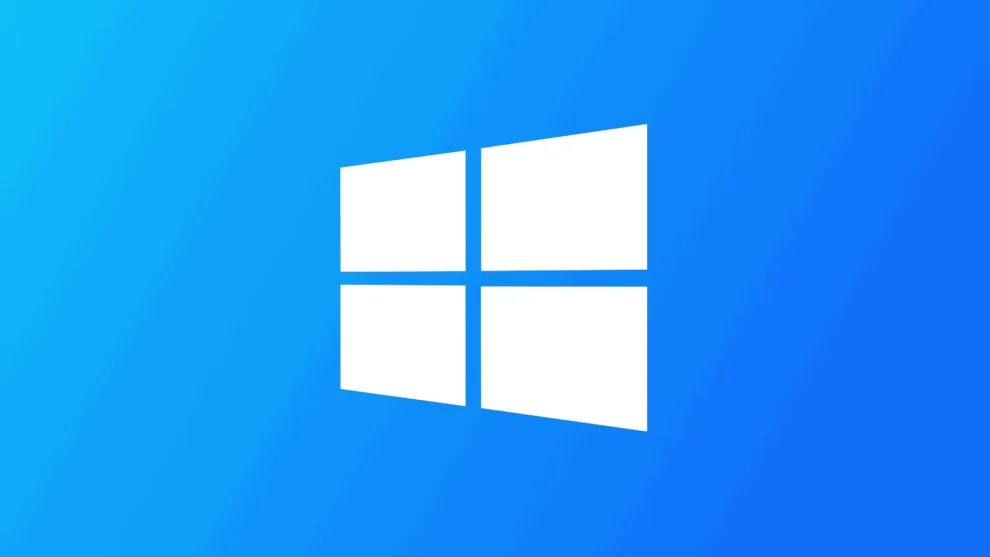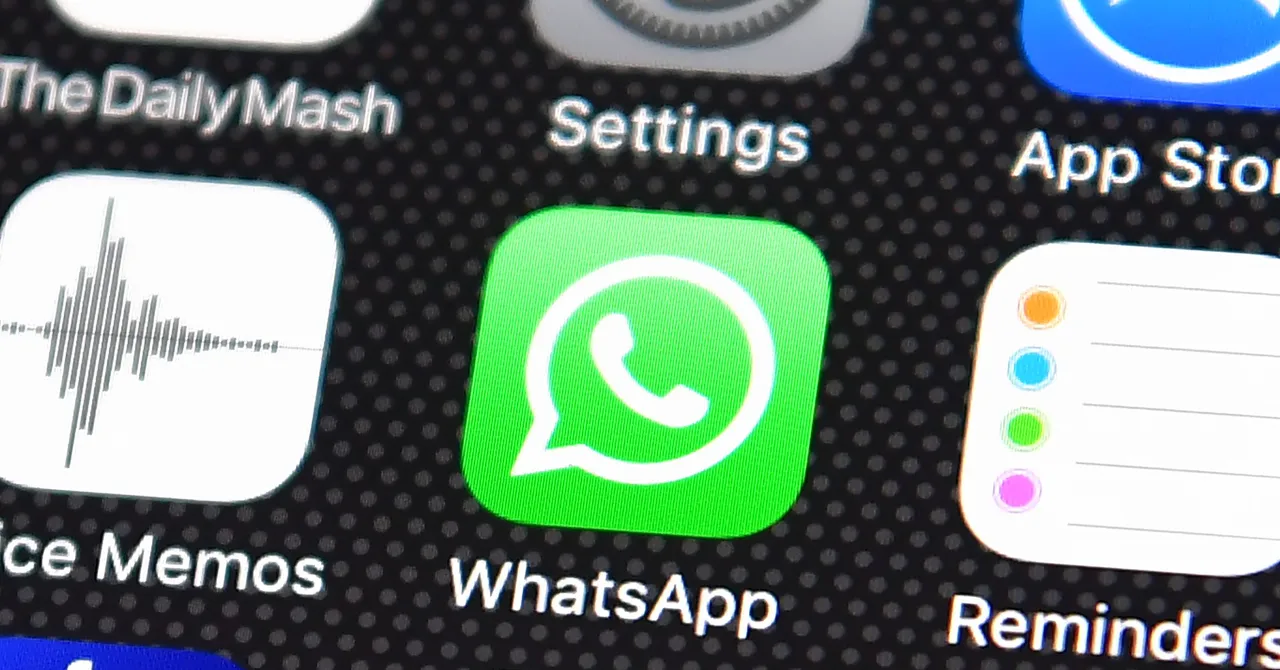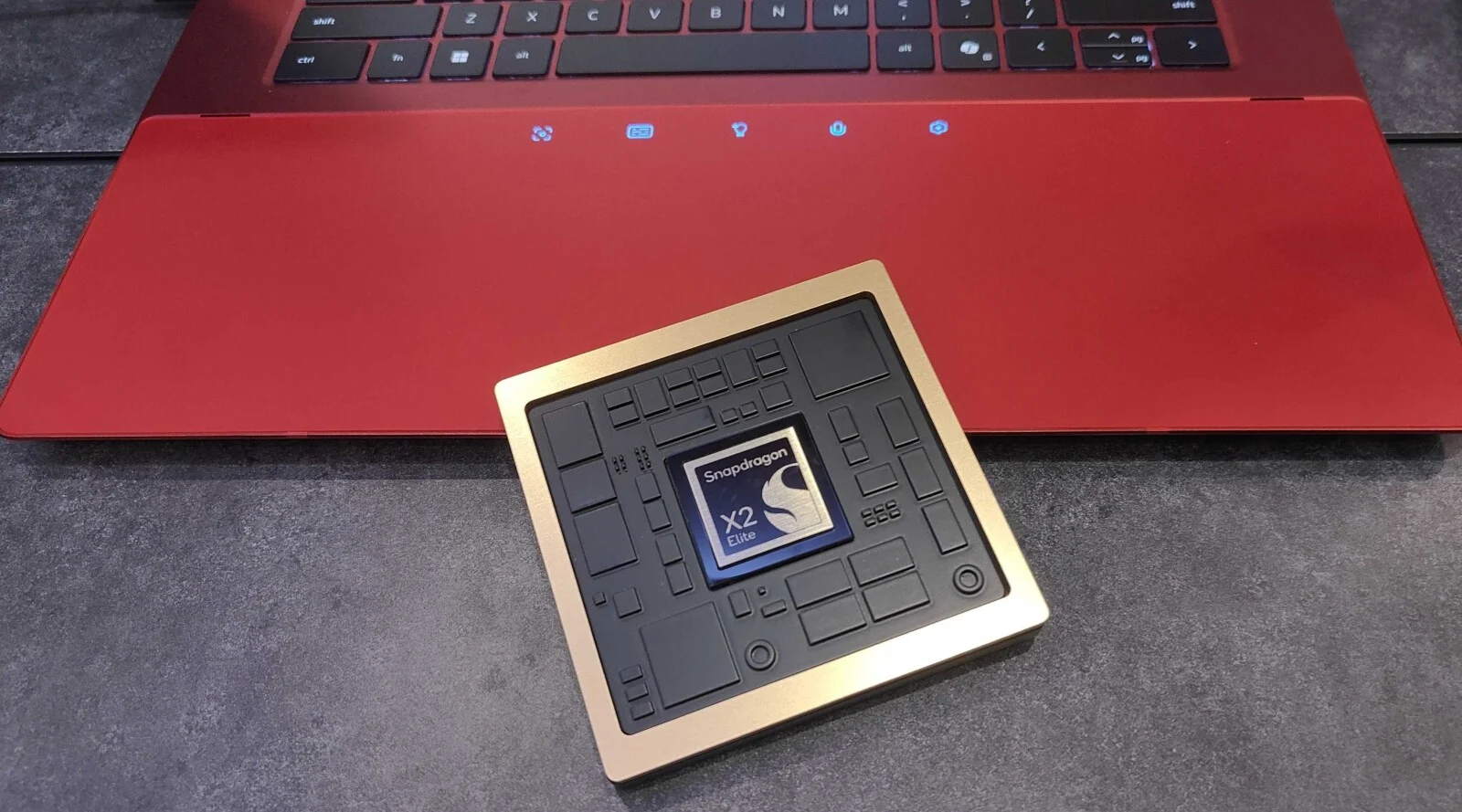In recent weeks, Microsoft addressed a significant issue that impacted Windows devices across the globe, leaving many users in a frustrating situation. A bug in a Windows update unexpectedly triggered BitLocker recovery mode on several devices, causing widespread confusion and concern. This article dives deep into the Who, What, When, Where, and Why of the issue, providing a detailed examination of how Microsoft handled the situation and what it means for Windows users moving forward.
The 5 W’s: Unpacking the BitLocker Bug
Who was affected?
The bug primarily impacted users of Windows 10 and Windows 11, particularly those with specific hardware configurations. The issue wasn’t isolated to individual users but also affected enterprise environments, where BitLocker is often used to secure sensitive data.
What happened?
After a routine Windows update, many devices were unexpectedly forced into BitLocker recovery mode. This meant users were prompted to enter a BitLocker recovery key to access their data, which caused significant disruptions, especially for those who couldn’t immediately locate their recovery keys.
When did this occur?
The issue surfaced shortly after Microsoft rolled out a cumulative update in August 2024. Reports started flooding in from various forums, including Reddit and Microsoft’s own support channels, where users expressed their frustrations and sought solutions.
Where did the issue manifest?
This bug affected Windows devices globally. While the bug wasn’t confined to any specific region, users in enterprise environments where BitLocker is heavily relied upon were particularly hit hard. The issue seemed to be more prevalent among devices with certain configurations, including those with TPM (Trusted Platform Module) enabled.
Why did this happen?
The root cause of the problem appears to be related to a conflict between the Windows update and certain device configurations, particularly those involving BitLocker encryption. Microsoft’s analysis revealed that the bug inadvertently triggered BitLocker recovery mode during the update process, leading to widespread accessibility issues.
The Inverted Pyramid: Crucial Information First
Understanding the BitLocker recovery bug and Microsoft’s response is essential for both individual users and enterprises. This bug’s significance lies in its potential to disrupt access to critical data, especially in environments where data security is paramount. The key takeaway from Microsoft’s handling of this situation is the importance of timely communication and quick resolution in maintaining user trust.
What Went Wrong: Analyzing the Bug
The BitLocker recovery issue arose due to a specific conflict during the update process. BitLocker, a critical security feature in Windows, is designed to protect data by encrypting the entire disk. However, during the August 2024 update, a bug caused certain devices to incorrectly enter recovery mode.
The problem was exacerbated by the fact that many users did not have immediate access to their recovery keys. In enterprises, where devices are often managed centrally, this led to significant disruptions as IT departments scrambled to assist affected users. The bug didn’t just lock users out of their systems; it also raised concerns about the reliability of Windows updates, particularly in environments where security and data integrity are critical.
Microsoft’s Response: A Swift Patch
Once Microsoft identified the problem, they moved quickly to address it. A patch was released within days of the first reports, designed to prevent the bug from triggering BitLocker recovery mode on affected devices. Microsoft’s swift response is a testament to their commitment to addressing critical issues, but the incident also serves as a reminder of the complexities involved in managing software updates on a global scale.
Lessons Learned: The Importance of Preparedness
For users, the BitLocker bug highlights the importance of being prepared for unexpected issues. Keeping a backup of your BitLocker recovery key is crucial. Microsoft has always emphasized this, but this incident underscores the need for vigilance. For enterprise environments, the event also stresses the importance of having a robust IT support system in place to manage such crises.
Technical Breakdown: What Caused the Conflict?
The root cause of the bug can be traced back to a conflict between the Windows update and certain hardware configurations, particularly those involving the TPM. TPM is a hardware component used to store cryptographic keys securely, which BitLocker relies on for encryption and decryption. The bug caused the TPM to misinterpret the update process as a potential security threat, thus triggering BitLocker recovery mode.
Impact on Enterprises: A Closer Look
The impact of this bug was felt most acutely in enterprise environments, where data security is a top priority. BitLocker is widely used in such settings to protect sensitive information, and the unexpected trigger of recovery mode caused significant operational challenges. Enterprises had to deal with a sudden surge in support requests, as employees found themselves locked out of their devices.
Moreover, the incident highlighted the need for enterprises to ensure that all employees have access to their BitLocker recovery keys, either through centralized management systems or secure personal storage. The event also sparked discussions about the reliability of Windows updates, with some IT administrators calling for more rigorous testing protocols before updates are rolled out.
Microsoft’s Official Statement
In response to the bug, Microsoft issued an official statement acknowledging the issue and providing guidance on how to resolve it. They emphasized that the bug was unintentional and that steps were being taken to prevent similar issues in the future. Microsoft also provided detailed instructions on how users could recover their systems if they were affected by the bug, including how to locate and use their BitLocker recovery keys.
User Experiences: Voices from the Community
To gain a deeper understanding of the issue, I explored various online forums, including Reddit and Quora, where users shared their experiences with the BitLocker bug. The consensus was one of frustration, especially among those who were unable to access their recovery keys quickly. Some users reported losing access to critical data for several days, while others were able to resolve the issue more swiftly, thanks to having their recovery keys readily available.
One user on Reddit shared a particularly harrowing experience of being locked out of their work device during a critical project deadline. They described how the sudden trigger of BitLocker recovery mode caused panic, leading to a frantic search for the recovery key. This story, among others, highlights the real-world impact of such bugs and the importance of preparedness.
Best Practices Moving Forward
In light of this incident, there are several best practices that users and IT administrators should consider to avoid similar issues in the future:
- Regularly Back Up Recovery Keys: Ensure that BitLocker recovery keys are securely backed up and easily accessible in case of emergencies.
- Test Updates in Controlled Environments: For enterprises, it’s advisable to test Windows updates in a controlled environment before deploying them across the entire organization.
- Stay Informed: Keep up with the latest updates and patches from Microsoft to ensure that your systems are protected from known issues.
- Centralized Management: For organizations, consider using centralized management tools to keep track of all BitLocker recovery keys and ensure they are readily available when needed.
- Educate Users: Ensure that all users, especially those in critical roles, understand the importance of backing up their recovery keys and how to access them in case of emergencies.
Future Implications: What This Means for Microsoft and Users
This incident has several implications for both Microsoft and its users. For Microsoft, it serves as a reminder of the challenges involved in managing software updates on a global scale. The company will likely need to reassess its testing protocols to ensure that similar issues do not occur in the future.
For users, particularly in enterprise environments, this incident highlights the importance of being prepared for unexpected challenges. While Microsoft’s quick response is commendable, the event underscores the need for users to take proactive steps to protect their data.
The BitLocker bug that Microsoft recently squashed was a significant event that disrupted many users and enterprises. While Microsoft handled the situation swiftly and effectively, the incident serves as a valuable lesson in the importance of preparedness and the complexities of managing global software updates.
By understanding the root causes of the issue, learning from the experiences of others, and implementing best practices, users and IT administrators can better protect themselves against similar issues in the future. As Microsoft continues to refine its update processes, users can take comfort in the fact that the company is committed to resolving critical issues as they arise.








